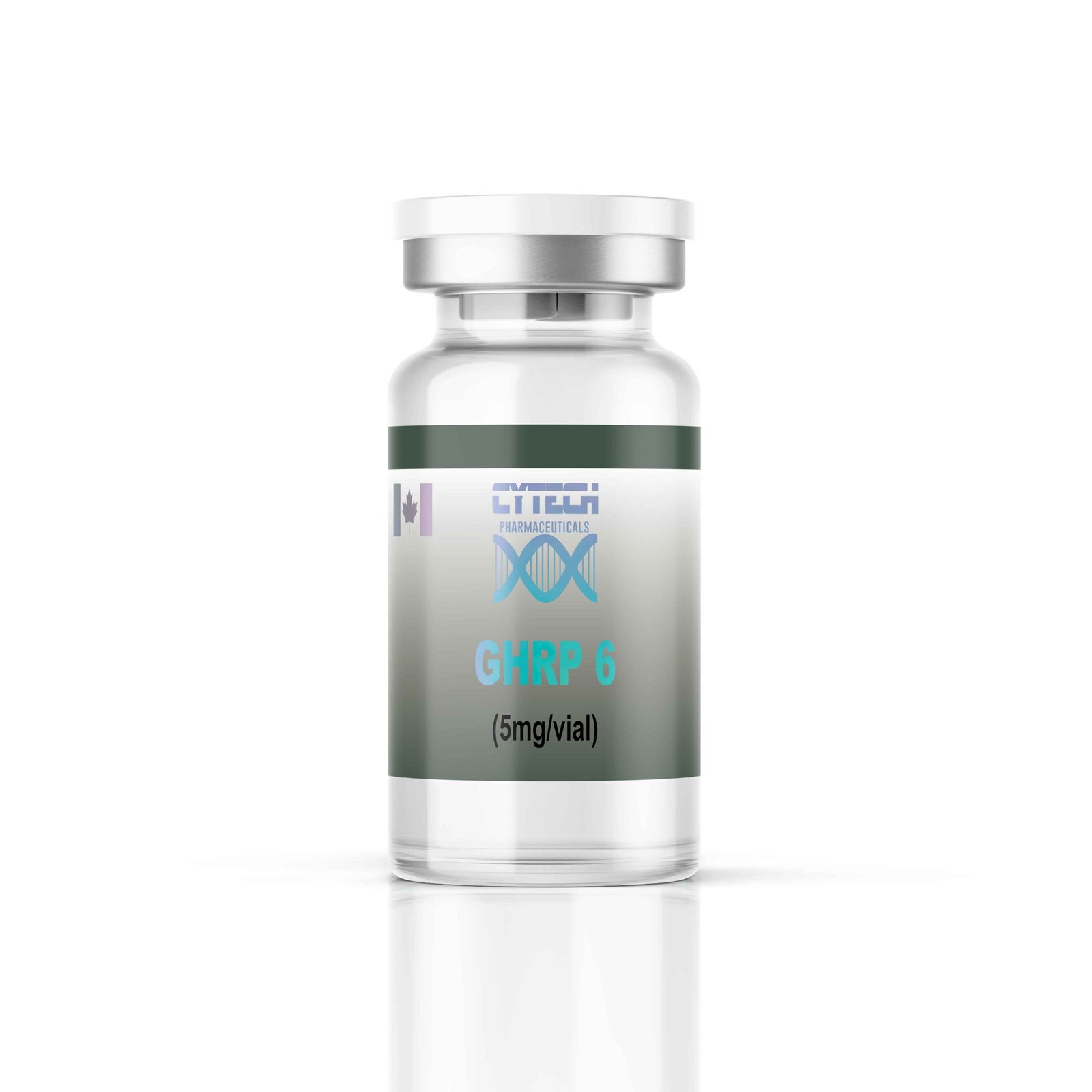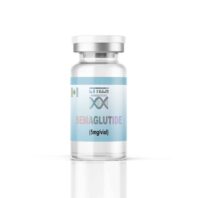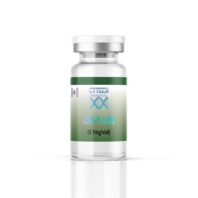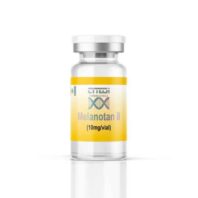Subtotal: €211.00
GHRP-6
€75.00
GHRP-6 Canada is a potent activator of the anterior pituitary’s endogenous release of Growth Hormone. Additionally, GHRP-6 is one of the few newer ghrelin analogues that have been created in the previous few decades. As a result, heart muscle cells, memory, scar formation, sexual drive, and the neurons implicated in Parkinson’s disease have been discovered to benefit from it.
Molecular Formula: C46H56N12O6
Molecular Weight: 873 g/mol
Sequence: H-His-D-Trp-Ala-Trp-D-Phe-Lys-NH2
Physical Appearance: White Lyophilised Solid
Form: Sterile Filtered White Lyophilized
Solubility: Water Soluble
GHRP-6
Recent research in Canada has focused on the impact of physical exercise on memory formation. There’s always been evidence that exercise increases cognition and learning, especially when it’s done just after a learning assignment. Improvements in blood flow and imprecise growth hormone mentions were initially attributed to exercise’s cognitive benefits (GH).
GHRP-6 can assist cement newly generated memories and transforming short-term memories into extended storage in rodents. And ghrelin/GHRP-6 has been linked to spatial learning. According to this evidence, the GH impact is secondary to the exercise-induced cognitive benefits.
Helps Brain Tissue
GHRP-6 protects neurons and other CNS cells from the consequences of inadequate blood flow in animal stroke models. GHRP-6 protects brain cells after acute stroke, but it can also help restore memory problems if given promptly. Following a stroke, ghrelin and its analogues protect neurons from their genetic code and their surrounding environment.
Guards Parkinson’s Neurons
A 2018 Canada study revealed that ghrelin receptors are discovered in the substantia nigra, a portion of the brain afflicted by Parkinson’s disease. Ghrelin receptor expression on substantia nigra neurons is reduced in patients with known Parkinson’s disease genetic connections. When injected with an antagonist, animals with this deficiency develop Parkinson’s.
Thus, agonists like GHRP-6 may be beneficial in Parkinson’s. In addition, the peptide may inhibit apoptosis in substantia nigra neurons, slowing or preventing Parkinson’s.
Skin Appearance and Scar Reduction
GHRP-6 prolongs cell life by decreasing programmed cell death. Also known to induce blood vessel formation in wounds, the peptide reportedly interacts with the CD36 receptor. In Canada rat studies, GHRP-6 enhances the synthesis of matrix proteins like collagen and interferes with the standard method of scar formation to achieve a better overall coordinate structure at the wound site and diminish the appearance of scar tissue,
The peptide also prevents hypertrophic scar formation. Hypertrophic scars, like keloids, are caused by faulty ECM protein deposition. Therefore, preventing this process greatly benefits persons who have this abnormal healing process and avoid surgery or other medical procedures to avoid painful scars and significant aesthetic modification.
Improves heart health
GHRP-6 has been shown to protect cardiac cells from free radical damage in porcine heart attack models. This discovery may lead to creating medications to protect vulnerable but still viable cells after a heart attack to help minimize deaths and enhance long-term outcomes.
Sex Motivation and Mood
The central nervous system’s ghrelin receptors influence sexual behaviour and motivation in male rats. Ghrelin, for example, can increase sexual stimulus. GHRP-6 and a modified GHRP-6 intended to inhibit the ghrelin receptor have altered sex and reward-seeking behaviour.
These Canada findings may apply to hunger and other sorts of motivation and sex and disorders like hypoactive sexual drive disorder. In addition to its effect on motivation, ghrelin has been shown to affect mood. GHRP-6 and other ghrelin receptor agonists have been shown to reduce depression and increase function in mood-related brain regions in mice.
Summary
Canada Studies show that the pituitary gland stimulates and promotes the synthesis of GHRP6 hormone in the body. In addition, studies show it helps control hormone levels in mice.
GHRP 6 helps the brain send signals to the mouse body to keep the GH flowing. In other words, this peptide hormone allows the body to profit from continuous GH in mice, as shown in research.
GHRP6 encourages the pituitary glands (Somatotrophs) to release more growth hormone and access and distribute it more easily.
Related products
HGH & Peptides

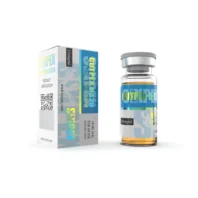 Cutpex B320
Cutpex B320  Deca Durabolin | Deca Nan 250mg/ml x 10ml vial
Deca Durabolin | Deca Nan 250mg/ml x 10ml vial 
